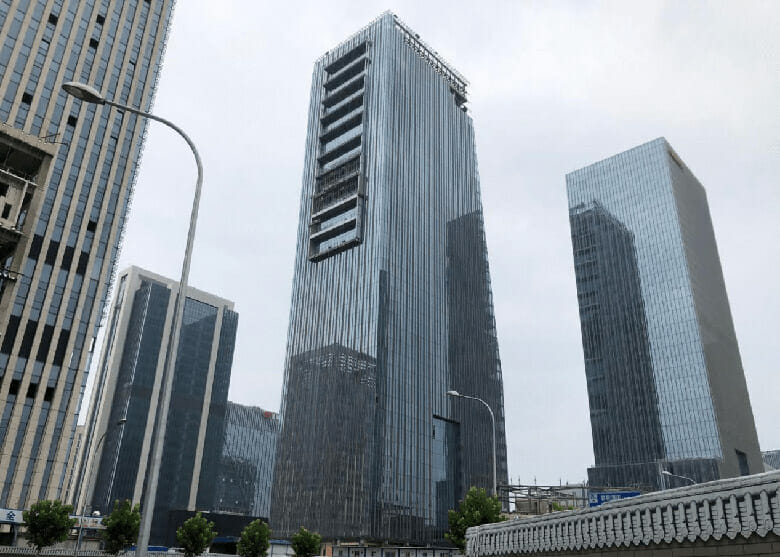
The sale of a stake in Beijing’s Rayzone project was one of Asia Pacific’s biggest first-half deals
Investment in Asia Pacific commercial real estate tumbled 17 percent year-on-year to $70.9 billion in the first half of 2022 as deal activity eased in several of the region’s major economies, according to JLL.
The office sector remained APAC’s most liquid asset class in the first six months of the year with investment totalling $30.6 billion, down 8 percent year-on-year from a high base, the global property consultancy said in its recent Capital Tracker report.
Industrial and logistics investment in the first half plunged 37 percent year-on-year to $14.6 billion after record volume in 2021, while retail investment slid 31 percent year-on-year to $14 billion. Alternative assets, including data centres, saw a milder 12 percent year-on-year decline to $1.4 billion.
“Investment volumes in the first half declined moderately from the high base set in 2021 as external factors emerged, resulting in investors adjusting capital deployment strategies to align with a more aggressive rate tightening cycle,” said Stuart Crow, CEO of Asia Pacific capital markets at JLL. “Encouragingly, dry powder levels remain high and we are seeing that the appetite for real assets remains strong.”
Korean Consistency
South Korea emerged as APAC’s largest market by investment volume in the first half, remaining flat year-on-year at $15.3 billion, JLL said. Deal activity was buoyed by big-ticket transactions for two Seoul office properties: SK U-Tower, which SK REITs bought from chip maker SK Hynix for $394 million, and A+ Asset Tower, which changed hands between two Korean REITs for $334 million.

Stuart Crow, CEO of Asia Pacific capital markets at JLL
In Singapore, investment shot up 81 percent year-on-year to $9.3 billion, supported by large office and mixed-use deals such as NTUC Income’s sale of the Income at Raffles office tower to Chinese-backed Bright Ruby Resources for $717 million. Hong Kong, meanwhile, registered an 18 percent year-on-year rise to $5 billion, driven by en-bloc industrial sales.
COVID-19 lockdowns weighed on mainland China in the first half as investment volume in Asia’s biggest real estate market sank 39 percent year-on-year to $14.1 billion. The richest deals included Ping An’s acquisition of Sino-Ocean’s stake in the Rayzone commercial project in Beijing for $759 million and a GIC-backed ESR fund’s purchase of DLJ’s Shanghai industrial portfolio for $717 million.
Volume in Japan slipped 33 percent year-on-year to $11.5 billion as logistics transactions dried up, but the country did score the second quarter’s single biggest deal: Hulic’s purchase of the Minato Mirai Center Building from Goldman Sachs for $835 million. Activity in Australia, meanwhile, fell 27 percent year-on-year to end the half at $9.8 billion.
Financial Tightening
JLL predicts the pace of price discovery to sharpen in the coming quarters, dampening deal activity in the region for the remainder of the year.
The rising cost of debt in the first half was particularly felt in South Korea, where equity buyers were unable to source debt financing amid a tighter credit market, the agency said. Liquidity for equity financing also pulled back, and the number of bids for the country’s office deals narrowed.
“The market adjusted to new realities over the first half, which was reflected in more muted investment activity,” said Pamela Ambler, head of investor intelligence and strategy for APAC capital markets at JLL. “Capital remains committed to the Asia Pacific real estate market but deployments will be more selective as investors play the long game and price in financial market tightening to any investments for the foreseeable future.”
JLL expects investors to deploy more capital into value-add strategies by refurbishing old offices into green buildings as occupiers increasingly choose higher-quality space post-pandemic.
Leave a Reply